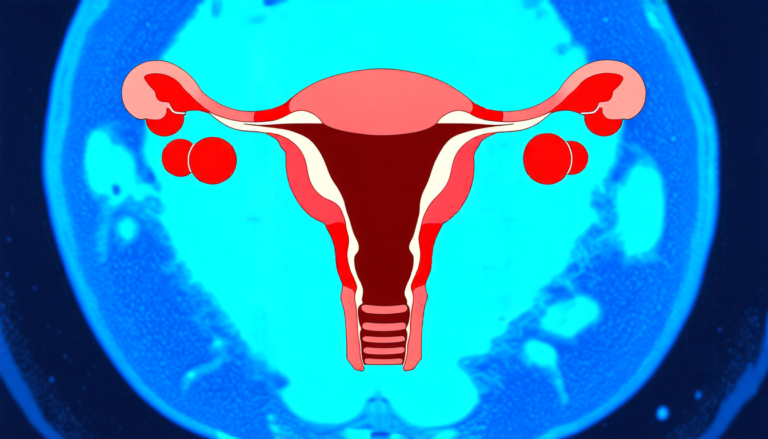Wednesday 23 April 2025
A team of researchers has developed a new approach to predicting the movement of earth embankments under earthquake shaking, a crucial task in earthquake engineering. For decades, scientists have used various methods to estimate the displacement of these structures, but they often rely on simplified assumptions and lack real-world data.
The new method, called Gene Expression Programming (GEP), uses machine learning algorithms to analyze large amounts of data from past earthquakes and predict the behavior of embankments under different scenarios. Unlike traditional approaches, which focus on individual parameters such as magnitude or distance from the epicenter, GEP considers a wide range of factors simultaneously.
The researchers tested their model using real-world data from several major earthquakes in recent decades, including the 1994 Northridge earthquake and the 2008 Sichuan earthquake. They found that GEP outperformed traditional methods in predicting the displacement of embankments, with more accurate results and fewer errors.
One of the key advantages of GEP is its ability to handle complex interactions between different parameters. For example, the model can take into account how the distance from the epicenter affects the magnitude of shaking, as well as how the type of soil or rock affects the embankment’s stability.
The researchers also used their model to predict the displacement of embankments under hypothetical earthquake scenarios, simulating earthquakes with different magnitudes and distances. They found that GEP was able to accurately predict the displacement of embankments in these scenarios, even when the earthquakes were significantly stronger than those studied in real-world data.
While GEP is still a relatively new approach, its potential for improving our understanding of earthquake behavior is significant. By incorporating machine learning techniques into traditional engineering methods, scientists may be able to create more accurate and reliable models for predicting the movement of earth embankments under earthquake shaking.
The implications of this research are far-reaching, with potential applications in the design and construction of new infrastructure as well as the retrofitting of existing structures. As our understanding of earthquakes continues to evolve, it’s essential that we develop innovative methods like GEP to stay ahead of the curve and keep people safe from natural disasters.
Cite this article: “Predicting Earthquake-Induced Slope Displacements with Gene Expression Programming: A Novel Approach”, The Science Archive, 2025.
Earthquake Engineering, Machine Learning, Embankments, Prediction, Displacement, Gene Expression Programming, Gep, Earthquake Shaking, Natural Disasters, Infrastructure Design







